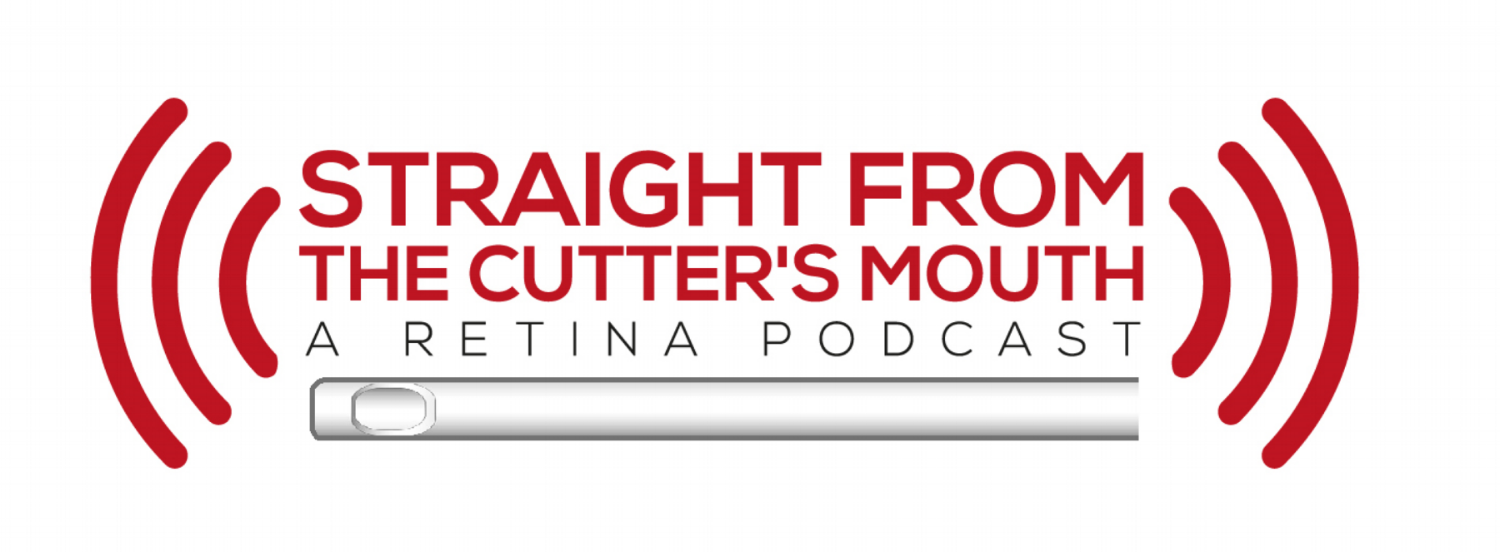Social Media and Ophthalmology Education/Marketing: Lessons Learned
During this year’s American Academy of Ophthalmology Annual Meeting, Dr. Jay Sridhar worked with Dr. Usiwoma “MentorMeMD” Abugo, Dr. Steven “EyeSteve” Christiansen, Dr. Rahul Khurana, and Dr. Matthew Weed to deliver a course entitled “Online Content Creation for Ophthalmology Education and Marketing.” Throughout this talk, each panelist discussed their take on the use of social media in the medical field, including tips and tricks to maximize benefit and avoid pitfalls. Today, we wanted to discuss a few of the most salient points from the course, so that you may also enjoy the world of social media:
1. Social media presence is an important consideration for all medical professionals.
I always thought of social media as a dichotomy between two realms: (1) personal use to keep in touch with family, friends, and colleagues, and (2) professional use for business advertisement and “promoting” to generate advertising revenue. I participate in both of these realms to some degree, with a personal presence to interact with old friends and fellow classmates and a professional presence posting updates for Straight from the Cutter’s Mouth. However, I never thought of myself as a “promoter” and I never considered how both realms apply to all individuals, even those not involved with a medical podcast.
During the course, the panelists discussed the importance of social media for all medical providers. One does not need to be the producer of a podcast or a medical blog for this to be true. Instead, the simple creation of a Google+ profile (and updating your current location of practice on this profile) allows your patients to find your correct contact information when they search for your name. Setting up a Google Alert for your name notifies you when a new post is made about you online, and allows you to respond as needed. Finally, your current place of employment may have a large online presence, but growing your individual presence (if not contractually prohibited) can benefit you if you move to another practice or university.
2. Private and professional social media accounts should remain separate.
Although a “personal” touch can add a lot to your professional postings, one’s private and professional lives should generally remain separate on social media. Your patients certainly may enjoy seeing pictures from your recent vacation and your family may look forward to posts about medical topics, but separation of these realms allows one to be selective about what is shared to either group. Along those lines…
3. When sharing a post, you can be selective about whose feeds it will reach.
For example, Facebook allows one to create “Friend Lists” – subgroups from your overall friends list – that make it simple to select who will see your post. Prior to publishing a post it can be helpful to check its privacy settings, choosing whether to share this to your entire friends list or only to one of your “Lists”. Dr. Weed uses this tactic on his personal Facebook; although he enjoys sharing interesting medical findings, papers, or current events, he feels that these may not appeal to all of his high school friends and so chooses to limit these to a “List” containing only his ophthalmology colleagues.
4. The best social media post takes into account its audience.
A social media post should always consider its intended audience. Some content creators choose to cater their posts to patients only, others to medical professionals, and others to a mixture of the two. Although it may seem difficult to create a post that is interesting to a medical professional and the general public alike, this can help to broaden the reach of your online presence. By combining correct medical terminology (which allows the professional to think “this person knows what he/she is talking about”) with simple explanations (which exposes the patient to terms he/she may hear in the clinic or online), a post can benefit both groups. Since audience attention span may be limited, posts should be short and should include multimedia whenever possible. Finally, Dr. Weed’s recommendation was to keep an “eye” on the media: whenever a topic arises in popular culture (such as the “what color dress is this?” viral post) that can apply to ophthalmology, this is a perfect topic for a post!
5. Finally, always remain cognizant of HIPAA and the legal aspects of what you post.
Fortunately, ophthalmology is a field where the part we care about the most does not require an identifiable image, with a full view of a patient’s face. For Dr. Abugo, social media is important because many of her patients desire “before & after” images to see a sample of her work. Even in these cases where the image is not identifiable, Dr. Christiansen suggests making a habit of obtaining patient consent before posting. When he sees a medical post on social media, he feels much more comfortable when he sees “posted with patient permission” within the description, as this demonstrates respect for the patient. Even better, he enjoys posts made by patients, such as post-op photos with the physician that thank him/her for a job well-done. When a patient chooses to post something on their own social media accounts, not only are you reaching your followers who already know and like you but, perhaps more importantly, you are reaching his/her family and friends who are unknown of yet to you.
- Michael Venincasa
Dr. Usiwoma “MentorMeMD” Abugo: http://www.mentormemd.com
Dr. Steven “EyeSteve” Christiansen: http://www.eyesteve.com
Dr. Rahul Khurana: https://www.aao.org/clinical-education
Dr. Matthew Weed: http://www.mattweedmd.com

